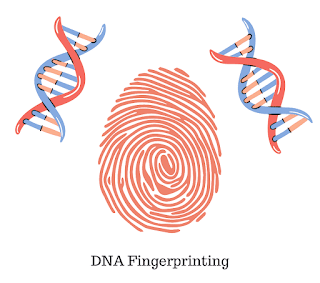Why Salt and Ice Burn our Skin | Salt and Ice Challenge
There is a salt and ice challenge for you. Take one
Disclaimer-⚠️ Don't try this at home ⚠️
What causes your skin to burn?
It's because of salt. Salt decreases the freezing point of ice. Normal ice freezes at 0°C but after adding salt its freezing point drops down to -21°C. Your hand's heat can easily melt the normal ice but It could not melt the ice with -21°C temperature causing a burning sensation to your hand. If you put ice and salt for a long time then it can also cause frostbite which is very lethal.
How can it affect your skin?
We can suffer from frostbite which is not good. Frostbite freezes your skin tissues, reducing the blood flow and oxygen due to which your skin becomes pale, lost of sensation, black or yellow . Frostbite further classified into three degrees. 1° and 2° can be worse but 3° is extremely lethal, freezing your tissues very badly. It may take weeks or months to recover.
How salt decreases the freezing point of ice?
When water just starts entering phase then water molecules form bonds with each other NaCl ) to it, salt gets dissociated into ions i.e Na+ and Cl- and these ions block the way of water molecules.
This affects the bond formation of water molecules and hence now it will not freeze at 0°C but -21°C. This process is called depression of the freezing point of ice.
Application in daily life
- Salt is sprinkled on the road
in to stop the freezing of ice on the road.
- Salt is added to cream in ice cream
- To stop the freezing of water in cold areas.
If you liked this post then do share with you r friends!!




